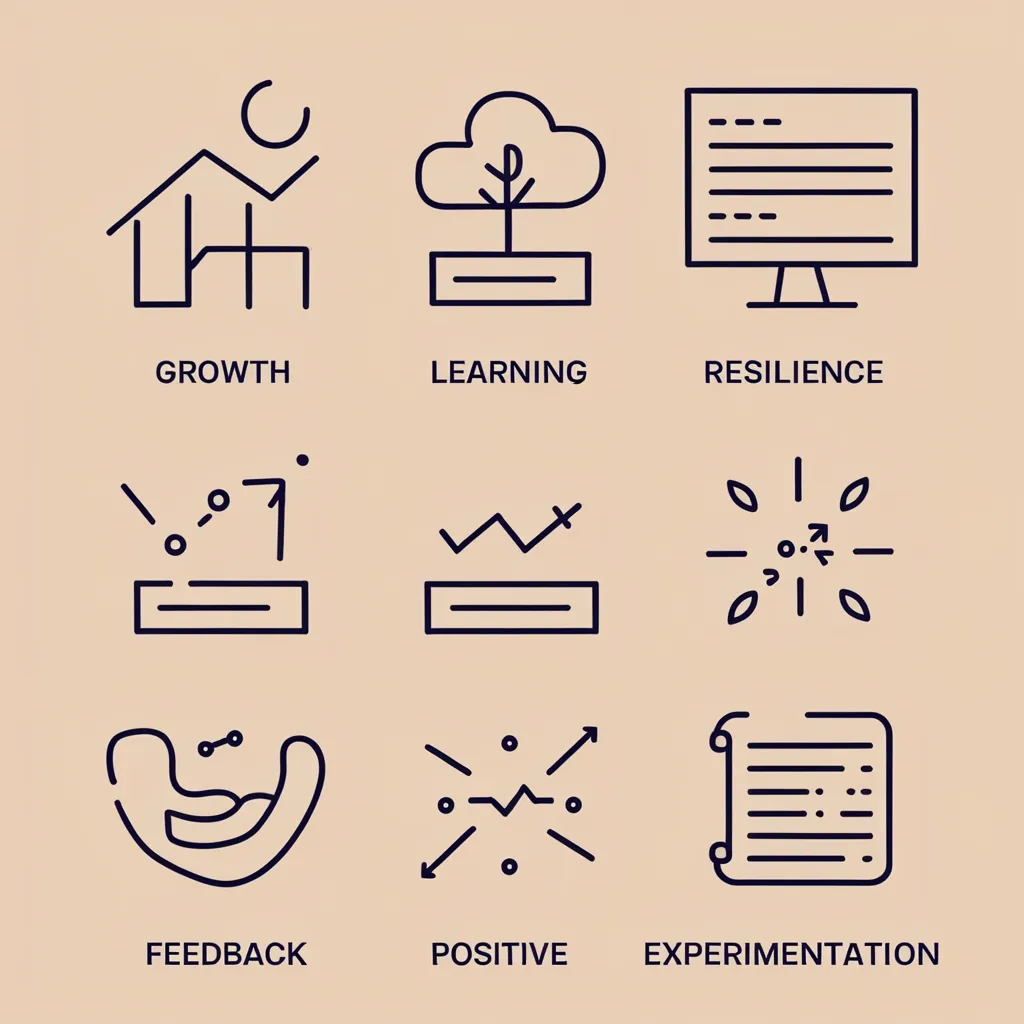In the pursuit of effortless productivity, one of the most effective strategies is habit stacking, a method that leverages your existing habits to build new, productive behaviors. This approach is rooted in the idea that our brains are wired to follow established patterns, making it easier to adopt new habits when they are linked to routines we already perform automatically.
Morning Momentum Stack
Starting your day on the right foot is crucial, and a morning momentum stack can set the tone for productivity. Imagine beginning each day by combining three simple yet powerful habits. The first could be as straightforward as making your bed, a task that signals to your brain that the day has begun and it’s time to get organized. Next, take a few minutes to do a quick stretch, which not only loosens your muscles but also increases blood flow to the brain, helping you feel more alert.
The final piece of this morning stack is writing down your top three priorities for the day. This simple act clarifies your focus and gives you a clear direction, ensuring that you tackle the most important tasks first. By stacking these habits together, you create a seamless morning routine that prepares you for a productive day without requiring much thought or effort.
Workday Transition Stack
The transition from personal to work mode can often be a challenging one, but a well-crafted habit stack can make this process smoother. Consider brewing a cup of coffee as your trigger habit – something many of us do automatically each morning. As you wait for the coffee to brew, take a moment to review your calendar for the day. This brief glance helps you prepare mentally for upcoming meetings and deadlines.
Once you have your coffee in hand, set a work intention. This could be as simple as stating what you aim to achieve in the next few hours or identifying the most critical task that needs your attention. By linking these habits together, you create a routine that signals to your brain that it’s time to shift into work mode, making the transition more efficient and less jarring.
Focus Initiation Stack
Deep work – the ability to focus intensely on a task without distraction – is a cornerstone of productivity. A focus initiation stack can help you enter this state more easily. Start by putting on noise-canceling headphones, which immediately signals to your brain that it’s time to concentrate. Next, start a specific playlist that you associate with focused work. Music has a profound impact on our mental state, and the right playlist can help you get into a productive mindset.
Finally, set a timer for a focused work session. This could be 25 minutes, followed by a short break – a technique known as the Pomodoro Technique. By stacking these habits together, you create a sequence that prepares your brain for intense focus, making it easier to dive into complex tasks without getting sidetracked.
Break Optimization Stack
Breaks are an essential part of maintaining productivity, but they can often be wasted if not used effectively. A break optimization stack ensures that your short breaks are both refreshing and productive. Start by standing up and stretching, which helps counteract the negative effects of prolonged sitting.
Next, drink a glass of water. Hydration is crucial for cognitive function, and even mild dehydration can impair your ability to focus. Finally, take a few minutes to do a quick mindfulness exercise, such as deep breathing or a short meditation. This helps recharge your mental batteries and reduces stress, making you more ready to tackle the next task.
Task Completion Stack
Finishing a task can be a significant accomplishment, but it’s also an opportunity to reinforce productive habits. A task completion stack helps you wrap up each task efficiently and sets you up for the next one. When you complete a task, start by crossing it off your list – a simple yet satisfying act that provides a sense of accomplishment.
Take a deep breath to celebrate the completion of the task and briefly review your next priority. This ensures that you stay focused on what needs to be done next and avoids the mental lag that can occur when switching between tasks. By linking these habits together, you create a seamless transition from one task to the next, maintaining your momentum throughout the day.
Evening Wind-Down Stack
The transition from work to personal time is just as important as the transition into work mode. An evening wind-down stack helps you unwind and prepare for the next day. Start by shutting down your computer, a clear signal that your workday is over.
Next, write down your to-do list for the next day. This helps clear your mind and ensures that you’re prepared for the morning. Finally, change into comfortable clothes, which physically and mentally signals the end of your workday. By stacking these habits together, you create a routine that helps you transition smoothly into personal time, reducing the stress and mental fatigue that can come from work.
Weekly Review Stack
Weekly planning is essential for long-term productivity, and a weekly review stack can make this process more efficient. Start by reviewing your past week’s accomplishments, which helps you reflect on what worked well and what didn’t. This reflection is crucial for adjusting your strategies and making improvements.
Next, set new goals for the upcoming week. This could involve breaking down larger projects into smaller, manageable tasks or identifying key priorities. Finally, organize your workspace for the upcoming week. This includes tidying up your desk, updating your to-do lists, and ensuring that all necessary materials are ready. By linking these habits together, you create a routine that sets you up for success in the week ahead, helping you stay focused and productive over the long term.
The Power of Habit Stacking
Habit stacking is more than just a productivity technique; it’s a way to harness the power of your existing habits to build new, more productive behaviors. By linking small actions together, you create powerful routines that enhance your productivity without requiring significant willpower or effort.
This approach leverages the natural momentum of your daily routines, making it easier to adopt new habits and maintain them over time. Whether you’re looking to boost your morning energy, improve your focus during work, or optimize your breaks, habit stacking provides a flexible and effective framework for achieving your productivity goals.
In essence, habit stacking is about creating a series of interconnected habits that support each other, making your daily routine more efficient, productive, and fulfilling. By implementing these techniques, you can transform your daily activities into a seamless flow of productive behaviors, setting yourself up for success in both your personal and professional life.






